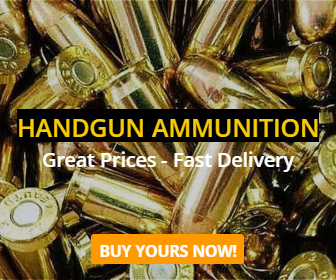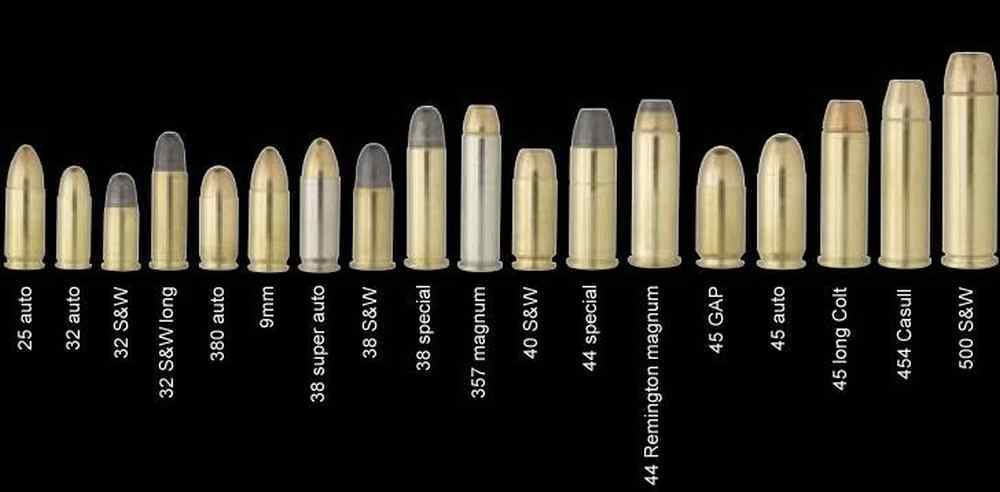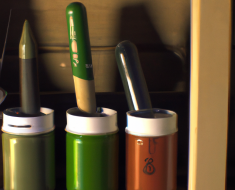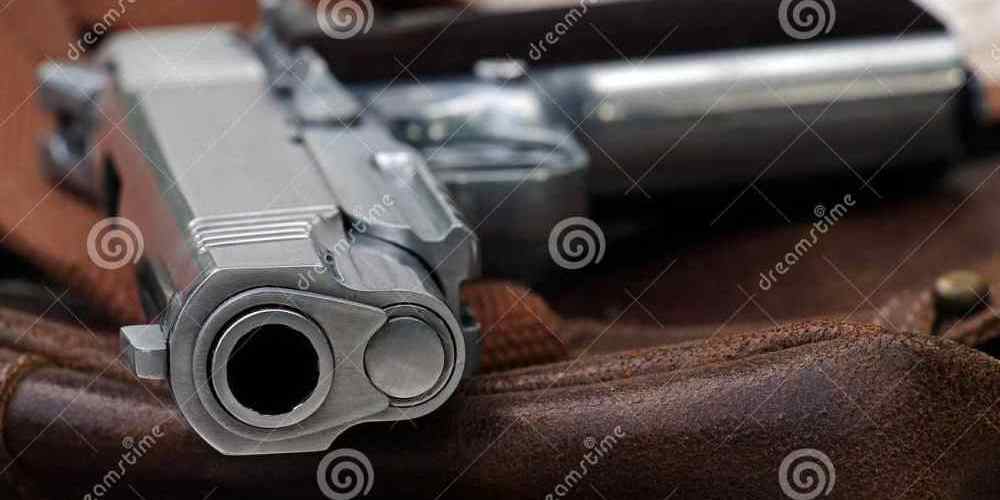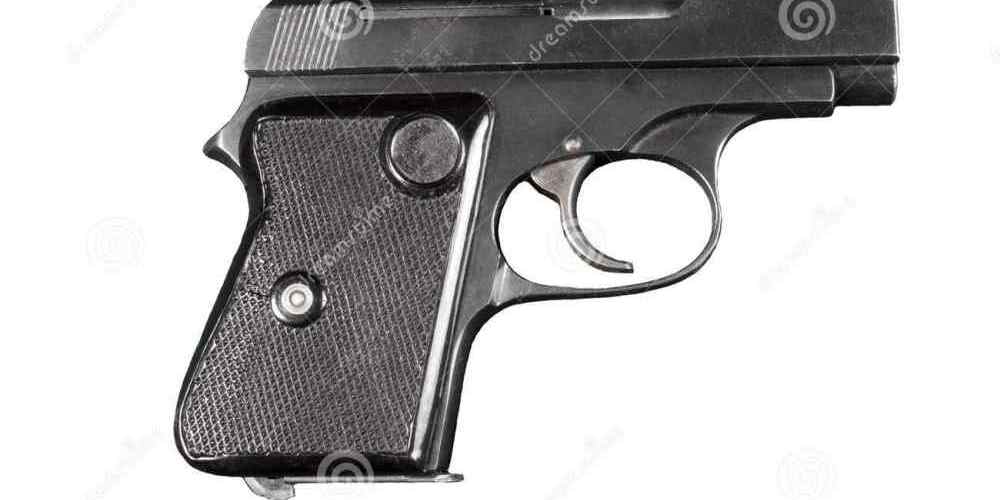Comparing .380 ACP to 9mm for Concealed Carry
When it comes to choosing a handgun for concealed carry, one of the most common debates is between the .380 ACP and the 9mm. Both cartridges have their own set of advantages and disadvantages, making it crucial for gun owners to understand the differences before making a decision. In this article, we will compare the .380 ACP to the 9mm for concealed carry, examining factors such as stopping power, recoil, capacity, and size.
Stopping Power
Stopping power is a critical factor to consider when choosing a handgun for self-defense. The .380 ACP and the 9mm are both popular choices for concealed carry due to their manageable recoil and compact size. However, the 9mm generally has more stopping power compared to the .380 ACP.
- The 9mm cartridge typically fires heavier bullets at higher velocities than the .380 ACP, resulting in greater kinetic energy upon impact.
- Studies have shown that the 9mm is more effective at incapacitating threats compared to the .380 ACP.
Recoil
Recoil can significantly impact accuracy and follow-up shots, especially in a self-defense scenario where split-second decisions are crucial. The .380 ACP is known for its mild recoil, making it easier to control for shooters with less experience or weaker hand strength.
- The 9mm, on the other hand, generates more recoil due to its higher muzzle energy and velocity.
- Shooters may find it challenging to maintain accuracy with rapid fire when using a 9mm handgun.
Capacity
Capacity is another important consideration for concealed carry handguns. In general, 9mm pistols offer larger magazine capacities compared to .380 ACP pistols. This means that you can carry more rounds in a single magazine, providing you with additional firepower in a self-defense situation.
- Most compact 9mm handguns have a standard capacity of around 10-15 rounds, while .380 ACP pistols typically hold fewer rounds (6-8 rounds).
- A higher magazine capacity can be advantageous in scenarios where multiple shots are required to neutralize a threat.
Size
The size of a handgun plays a significant role in its concealability and comfort of carry. Both the .380 ACP and the 9mm are available in compact and subcompact models designed for concealed carry. However, there are differences in size between the two cartridges.
- The .380 ACP cartridge is generally shorter and less powerful than the 9mm, allowing manufacturers to produce smaller handguns chambered in .380 ACP.
- 9mm pistols tend to be slightly larger due to the increased size of the cartridge and may be more challenging to conceal depending on your body type and clothing choices.
Cost and Availability
Another factor to consider when comparing .380 ACP to 9mm for concealed carry is cost and ammunition availability. While both cartridges are popular choices among gun owners, there are differences in pricing and availability that may influence your decision.
- .380 ACP ammunition is generally more expensive than 9mm ammunition due to lower demand and production costs.
- 9mm ammo is widely available at most gun stores and online retailers, making it easier to find and stock up on for practice or self-defense purposes.
Conclusion
In conclusion, both the .380 ACP and the 9mm have their own strengths and weaknesses when it comes to concealed carry. The .380 ACP offers mild recoil and compact size, making it an excellent choice for shooters looking for a lightweight and easy-to-conceal handgun. On the other hand, the 9mm provides superior stopping power, larger magazine capacities, and better overall performance in self-defense situations.
Ultimately, the decision between .380 ACP and 9mm comes down to personal preference, shooting proficiency, and intended use. It is essential to test-fire both calibers before making a final decision to determine which one best suits your needs and comfort level. Whichever caliber you choose, remember that proper training, practice, and mindset are equally important factors in effective self-defense.


